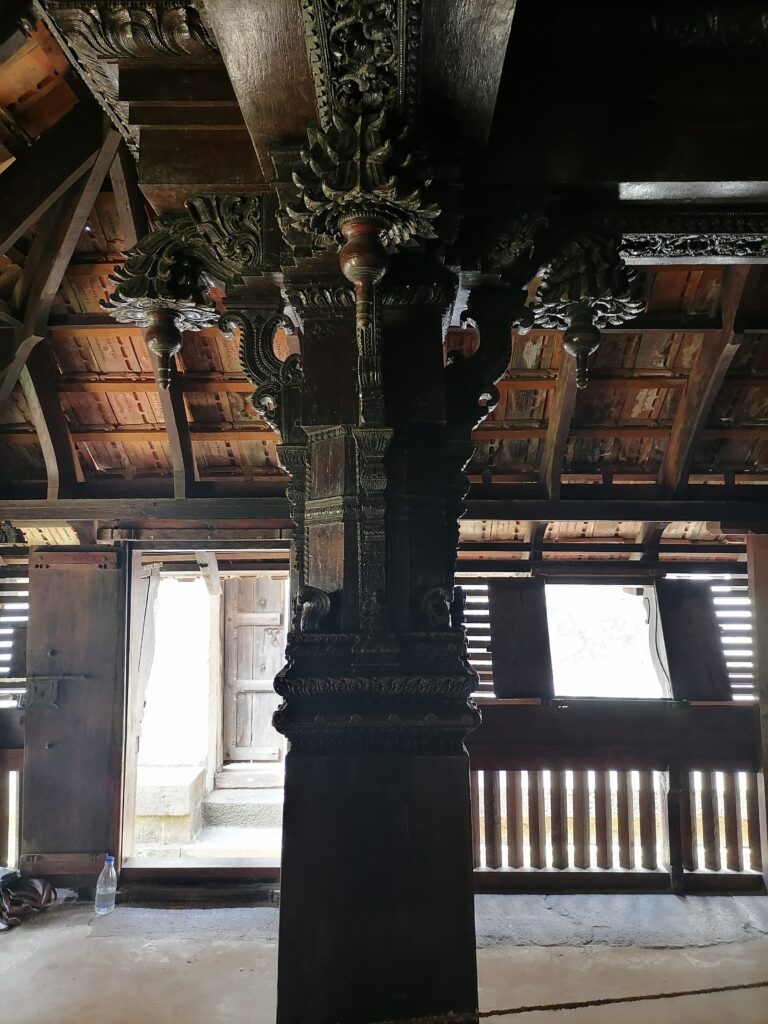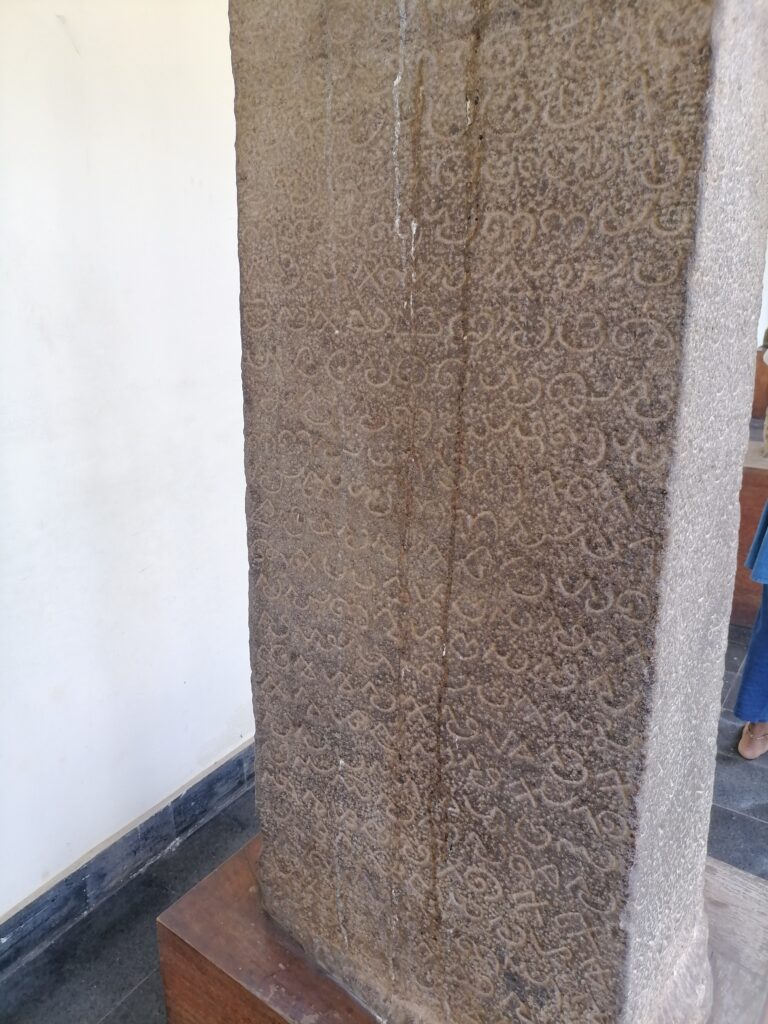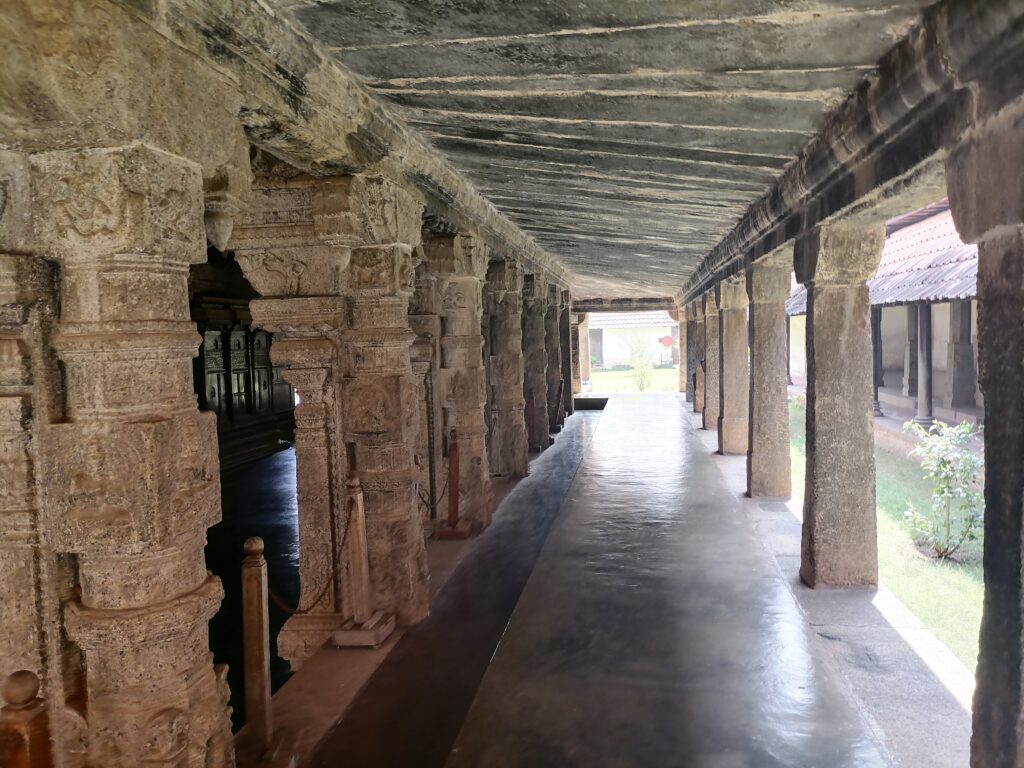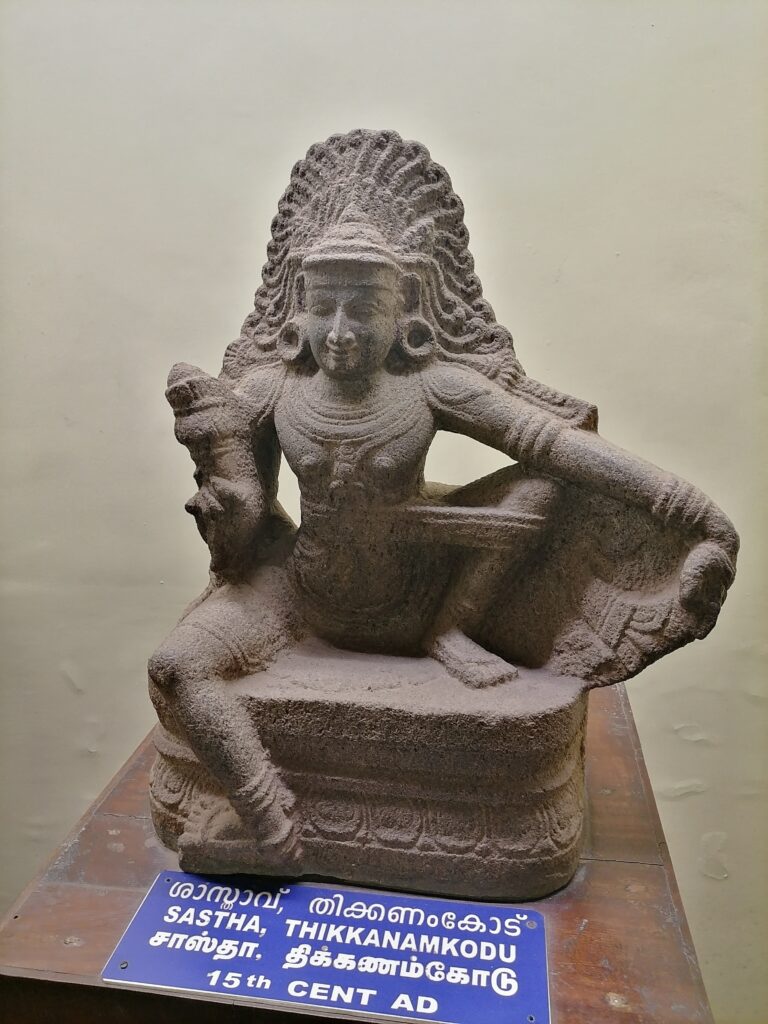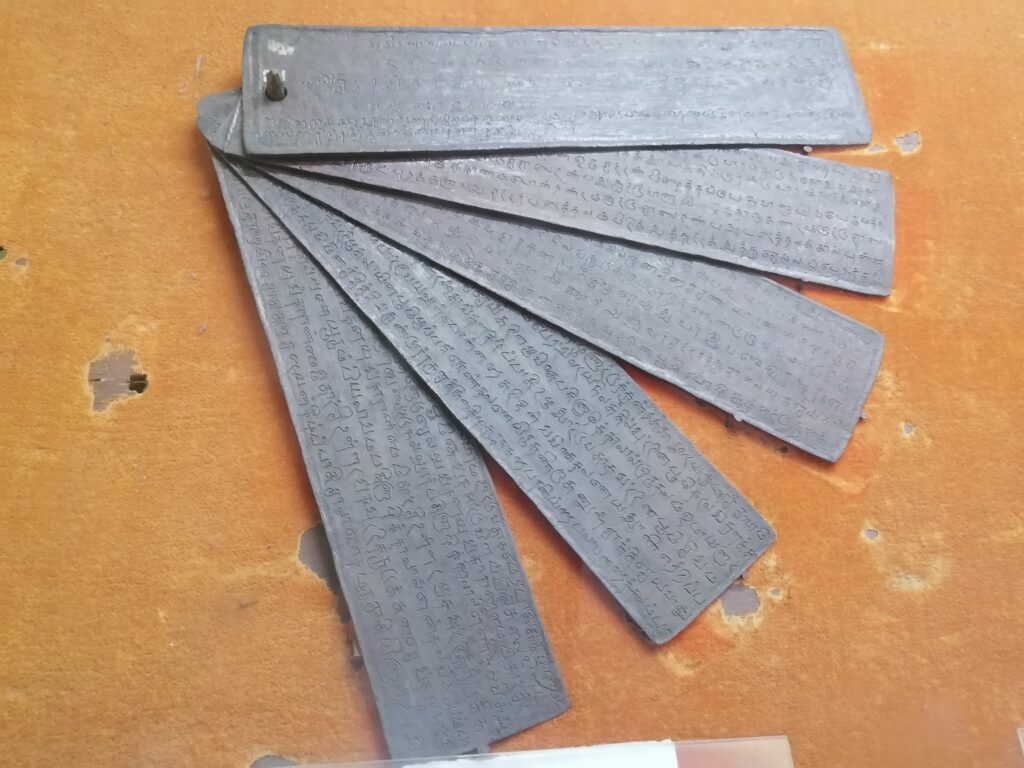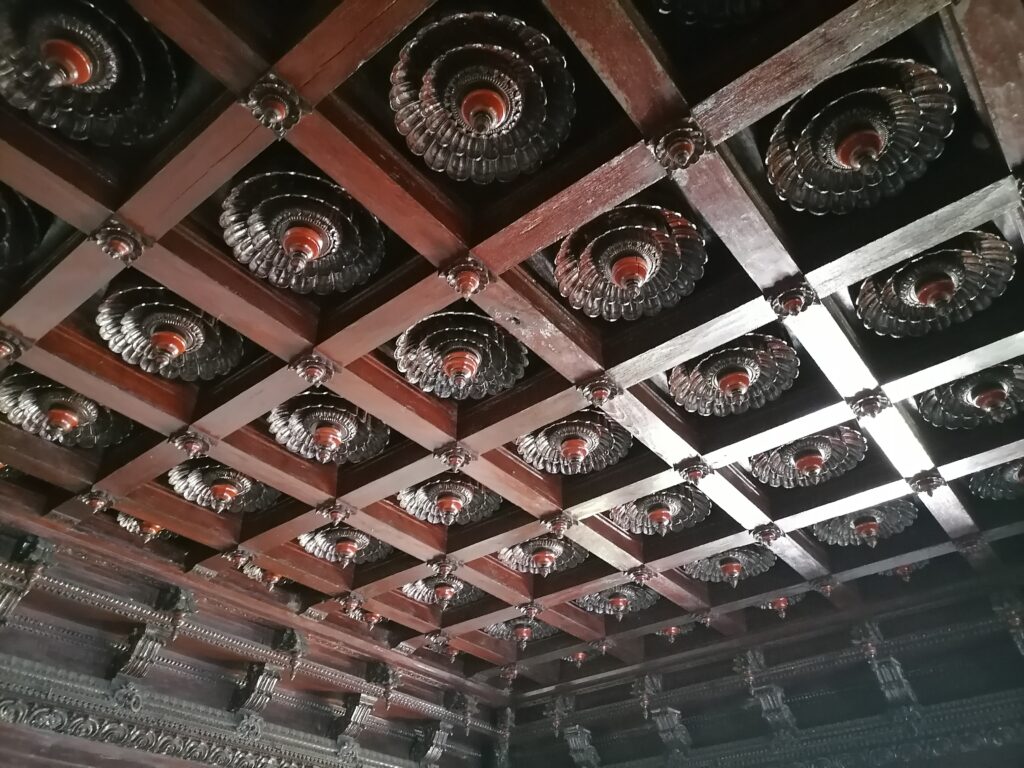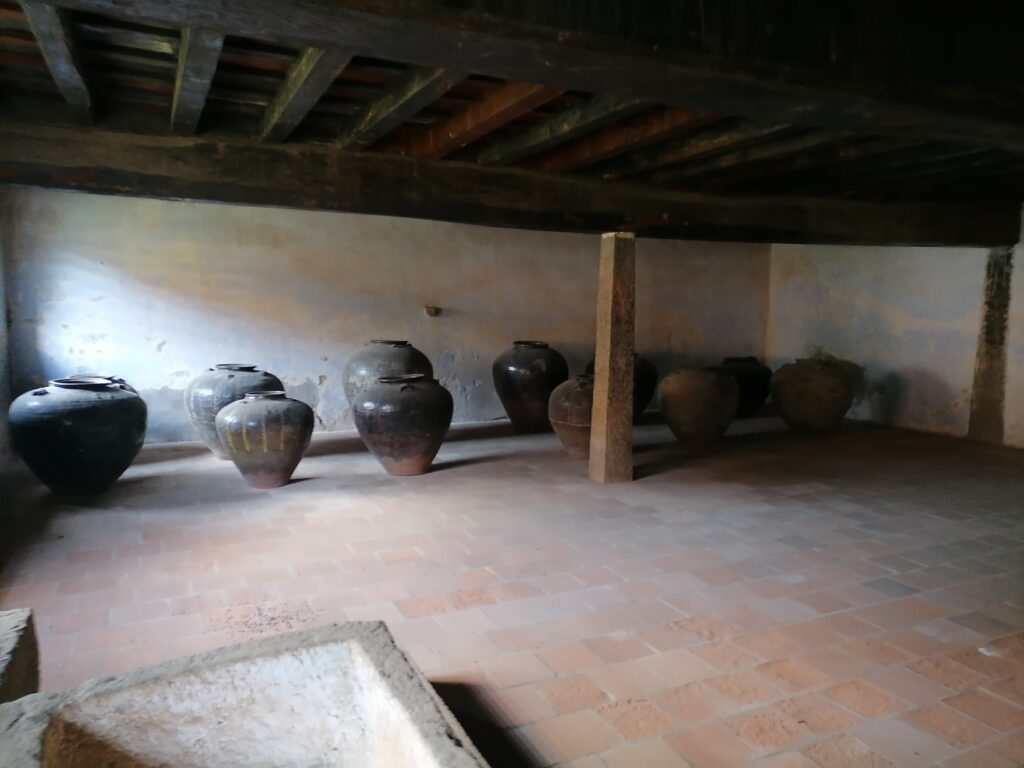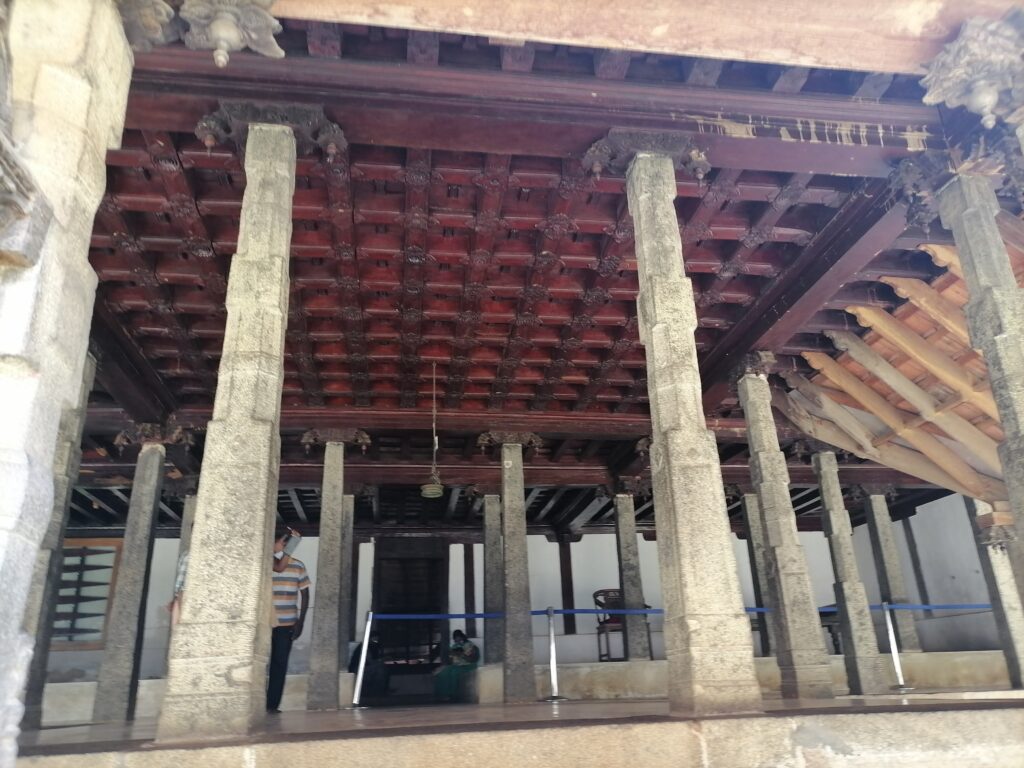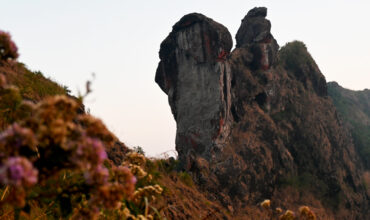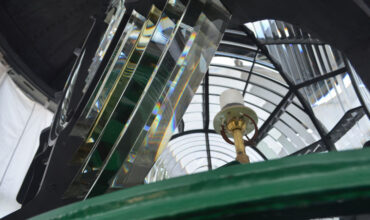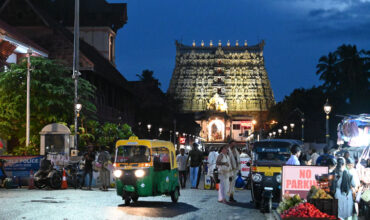Padmanabhapuram Palace, one of the most exquisite examples of traditional Kerala architecture, is a treasure trove of history and artistry. Nestled in the foothills of the Western Ghats, this palace, once the seat of the erstwhile kingdom of Travancore, is a must-visit for history enthusiasts, architecture lovers, and travelers exploring South India.
Visiting Hours and Entry Details
Padmanabhapuram Palace is open to visitors from 9:00 AM to 4:30 PM every day except Mondays and national holidays. The last entry is usually allowed around 4:00 PM. The palace, located in Thuckalay, Tamil Nadu, about 20 kilometers from Nagercoil and 60 kilometers from Thiruvananthapuram, is easily accessible by road.
Entry Fees:
- Indian Citizens: ₹25 per person
- Foreign Nationals: ₹200 per person
- Additional charges may apply for photography and videography.
Historical Significance
Padmanabhapuram Palace was constructed in 1601 CE by King Iravi Varma Kulasekhara Perumal, the ruler of Travancore. The palace served as the administrative and residential headquarters of the Travancore kings until the capital was shifted to Thiruvananthapuram in the latter half of the 18th century by Maharaja Karthika Thirunal Rama Varma, also known as Dharma Raja. This shift marked a significant chapter in the history of Travancore, as the kingdom expanded its influence and solidified its power from its new capital.
Architectural Marvel
Padmanabhapuram Palace is renowned for its unique blend of traditional Kerala and Dravidian architectural styles. Spread over 6.5 acres, the palace complex is a testament to the craftsmanship and aesthetic sensibilities of the artisans of that era.
Key Architectural Features:
- Mantrasala: The Council Chamber, where the king held meetings with his ministers. This room is noted for its intricate latticework and natural cooling system.
- Thai Kottaram: The Mother’s Palace, believed to be the oldest part of the complex, built around 1550 CE. This section is characterized by its sloping roofs and dark interiors, designed to keep the heat out.
- Nataksala: The Palace Theatre, a beautifully crafted wooden structure where traditional performances were held. The polished granite floor is one of the highlights of this hall.
- Uppirikka Malika: The four-storied building where the royal family resided. The top floor, known as the ‘Ekanta Mandapam’, was the king’s private prayer chamber, adorned with intricate carvings and murals.
- Ambari Mukhappu: A special structure designed like a howdah (elephant seat), from where the king could view processions and festivals.
The Famous Throne
The Padmanabhapuram Palace is home to a legendary wooden throne, covered in a blend of materials including silver, ivory, and precious stones. This throne was presented to the king by the Dutch East India Company as a token of their alliance and respect. It stands as a symbol of the palace’s glorious past and the king’s authority.
Management and Preservation
Although Padmanabhapuram Palace is situated in Tamil Nadu, it is managed by the Government of Kerala, specifically the Department of Archaeology. The palace is meticulously maintained, with ongoing conservation efforts to preserve its ancient murals, wooden carvings, and other architectural elements.
A Journey Through Time: The Shift of Capital
Padmanabhapuram served as the capital of Travancore until 1795, when Maharaja Karthika Thirunal Rama Varma decided to move the capital to Thiruvananthapuram. The shift was driven by strategic, administrative, and economic reasons, marking a new era in the history of the Travancore kingdom. Thiruvananthapuram offered better access to trade routes and the coastal regions, fostering the growth and prosperity of the kingdom.
Linking Padmanabhapuram Palace with Nearby Attractions
1. Day Trip to Kanyakumari:
- Padmanabhapuram Palace is conveniently located en route to Kanyakumari, the southernmost tip of India. Visitors can easily combine a visit to the palace with a day trip to Kanyakumari, where they can explore the Vivekananda Rock Memorial, Thiruvalluvar Statue, and Sunset Point. The palace offers a historical prelude to the cultural and natural beauty of Kanyakumari.
2. One Day Tour from Thiruvananthapuram:
- If you’re based in Thiruvananthapuram and have only one day to spare, a visit to Padmanabhapuram Palace is highly recommended. The palace is just a 1.5-hour drive from the city, making it an ideal destination for a day tour. Travelers can start early, explore the palace, and return to Thiruvananthapuram by evening.
3. Linking with Poovar Boating Cruise:
- Another fascinating way to plan your visit is by linking it with a Poovar boating cruise. Poovar, known for its picturesque backwaters, is about an hour’s drive from Padmanabhapuram Palace. After soaking in the history and architecture of the palace, you can head to Poovar for a serene boat ride through the backwaters, experiencing the tranquil beauty of Kerala’s waterways.
Additional Details and Tips for Visitors
- Best Time to Visit: The ideal time to visit Padmanabhapuram Palace is between November and February, when the weather is pleasant and conducive for sightseeing.
- Footwear Policy: Visitors are required to remove their footwear before entering certain sections of the palace to preserve the ancient flooring and interiors.
- Guided Tours: Hiring a local guide can enhance your experience, providing in-depth knowledge about the palace’s history, architecture, and anecdotes related to the royal family.
- Photography: While photography is allowed in most parts of the palace, visitors are advised to check for any restricted areas and respect the rules.
Conclusion
Padmanabhapuram Palace is not just a monument; it’s a living testament to the grandeur and cultural richness of the Travancore kingdom. Whether you’re a history buff, an architecture enthusiast, or simply a traveler looking to explore the hidden gems of South India, a visit to this palace will leave you captivated. With its close proximity to other major tourist spots like Kanyakumari, Poovar, and Thiruvananthapuram, Padmanabhapuram Palace is a perfect addition to your travel itinerary, offering a journey back in time to the glorious days of the Travancore kings.
